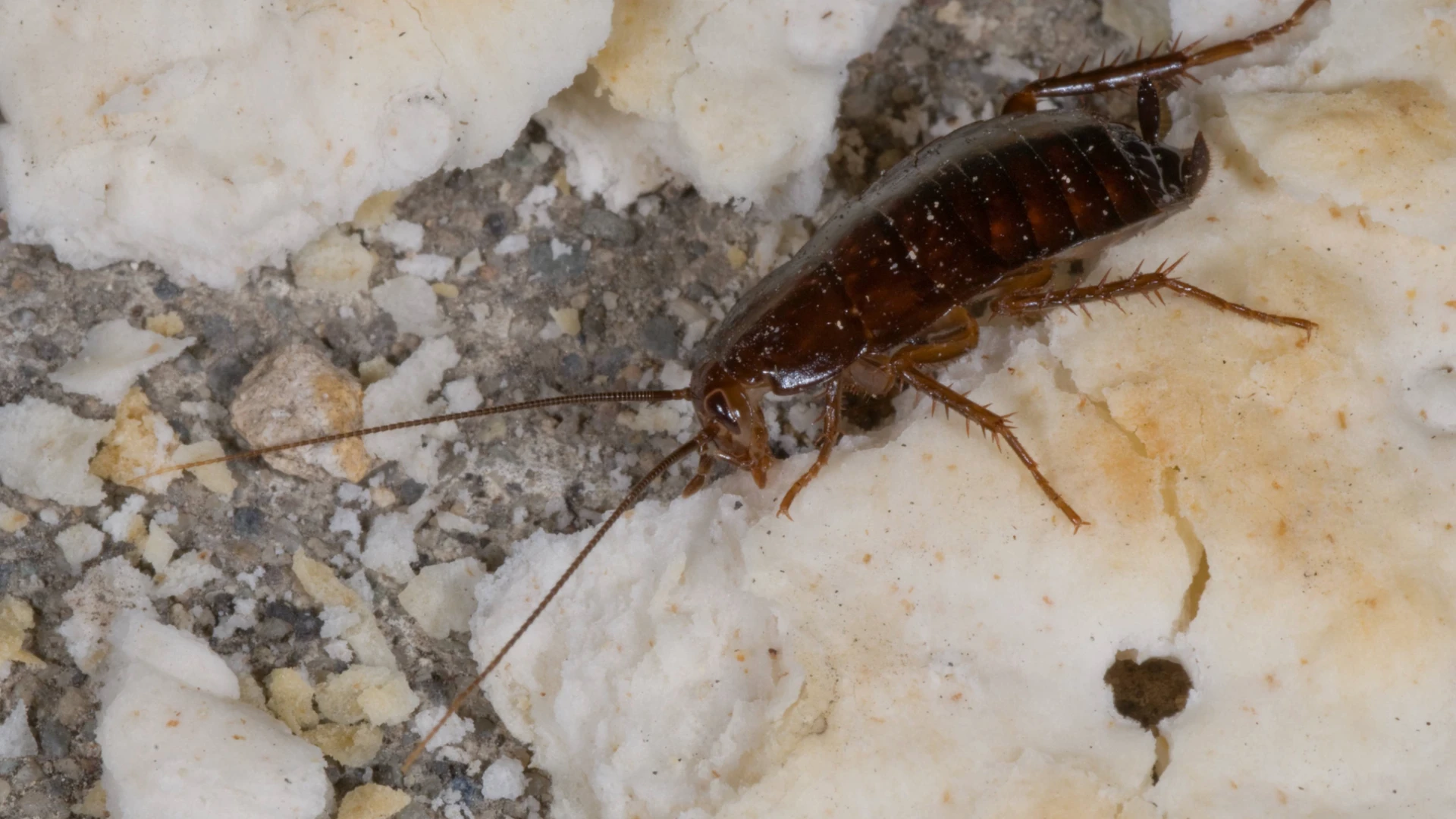
Editor’s note: Dr. Matt Frye, an extension educator with the New York State Integrated Pest Management Program and a noted rodent control specialist, has been working with GMT, Inc., manufacturer of the Xcluder line of products, to develop a rodent inspection tool. The result is the Frye Inspection Tool, or FIT, a probe that can be used to determine if an opening is large enough to permit a mouse or rat. The tool came about as a result of Frye’s work with the Scientific Coalition on Pest Exclusion (SCOPE). Frye does not make profits off product sales (portions of the proceeds go to NPMA’s Pest Management Foundation, whose goal is education, research and training). His hope is the product helps PMPs identify entry points and justify implementation of exclusion work.
Rodent integrated pest management is in the midst of a renaissance. For decades, the industry has relied on two primary management techniques: trapping and baiting. And although these two management strategies have undergone constant innovation to make them more effective, there has been little progress in developing new techniques. Until now.
Innovations for rodent management include a variety of new tools and technologies, such as birth control baits, dry ice for burrow treatments, trail cameras to elucidate cryptic behavior, remote monitoring for early detection and exclusion for pest prevention. From a public health perspective, monitoring and exclu- sion are essential for proactively pre- venting negative interactions with rodents.
The concept of exclusion is not new, but because it represents a divergence from typical pest management practices, adoption by the industry has been slow. There are a number of potential reasons for this, but gaps in knowledge about the opening size through which pests can enter a building and availability of materials that effectively exclude pests are two limitations. That has changed thanks to several manufacturers that now offer pest exclusion materials, including GMT, Inc., manufacturer of the Xcluder line of products. Xcluder products include a stainless-steel metal mesh fiber that can be stuffed into gaps; rubber-encased stainless steel sweeps for all door types, including vertical seals to close the gap between double doors; and a variety of materials to stop rodents from entering at loading docks. To help educate the public, including pest professionals, building managers and homeowners about the opening size that permits rodents to enter a building, Xcluder is now offering the “Frye Inspection Tool,” or FIT.

The Frye Inspection Tool is a simple probe that can be used to demonstrate that a rodent can squeeze under a gap or through a round opening. By design, if the probe ‘FITs,’ so too can the specified rodent. This tool can be used to educate clients about rodent entry points and helps to justify pest exclusion.
The measurement specs for the FIT are based on the size of adult rodent skulls. If a rodent can fit its head under a gap or through an opening, they are able to wiggle their body through (e.g., watch video at https://buff.ly/2FaHY9J). The ends of the FIT are smaller than the actual measurements of adult mouse and rat skulls, making it a conservative estimate of rodent entry risk. Thus, if you close gaps below the size of the FIT, you will have prevented rodent entry, perhaps even for juvenile animals that have smaller skulls than adults.
In addition to providing information about entry point sizes, the Frye Inspection Tool can be used to help differentiate rodent evidence between rats and mice. This is useful for deciding which type of control tactic is needed, and how it should be deployed. The instruction sheet that comes with every tool shows how to determine if droppings and gnaw marks belong to rats or mice and provides measurements to compare with a ruler. The Frye Inspection Tool is available on Xcluder’s website.

Explore the July 2019 Issue
Check out more from this issue and find your next story to read.
Latest from Pest Control Technology
- Webinar: Maximizing Cash Flow — Key Strategies for Business Growth
- WorkWave Announces Wavelytics
- Rising Rat Populations Linked to Warming Temperatures, Urban Growth, Study Finds
- How Might the 2024 Elections Impact PCOs
- Keeping Track of Termite Identification
- Mosquito Joe Earns EPA's PESP Gold Level Designation
- Texas PestVets Coat Drive Collects Over 850 Items for Soldiers’ Angels
- Conquer Ants Fast!





